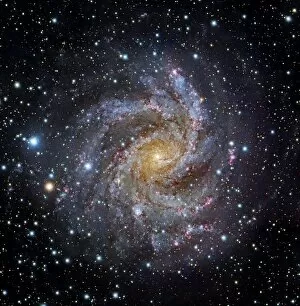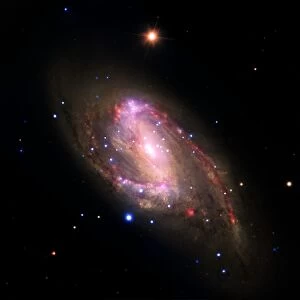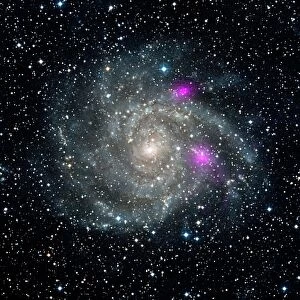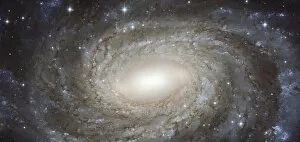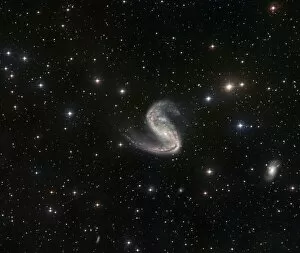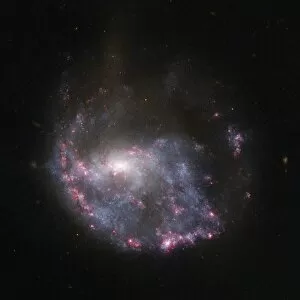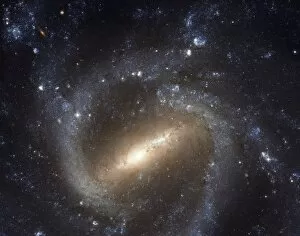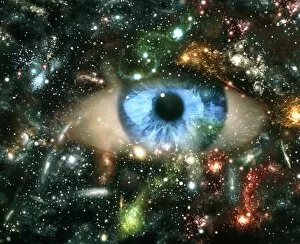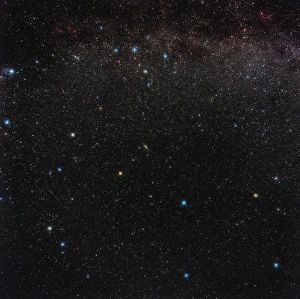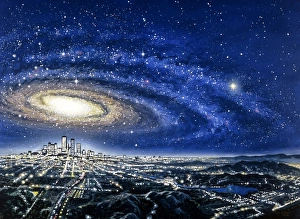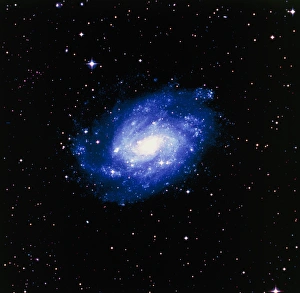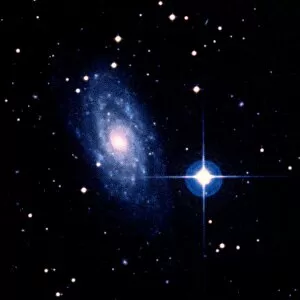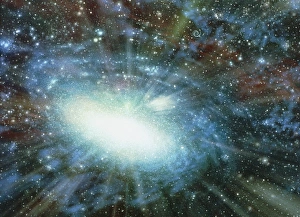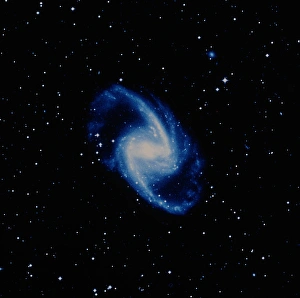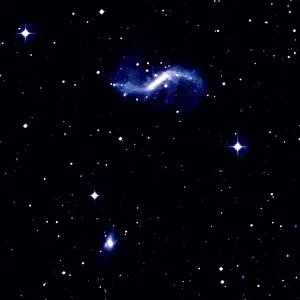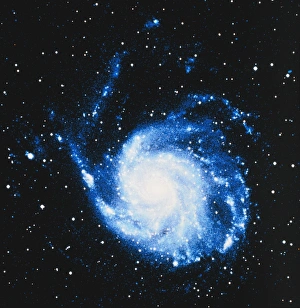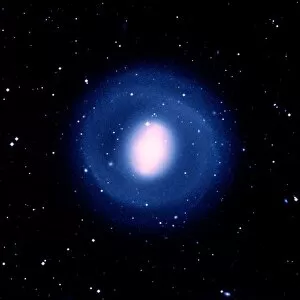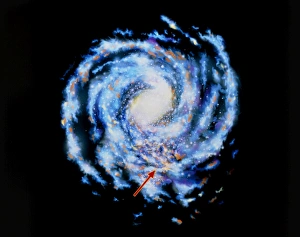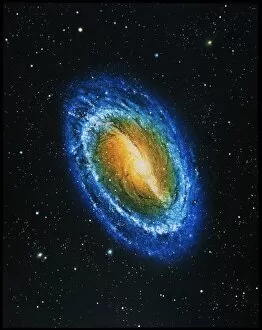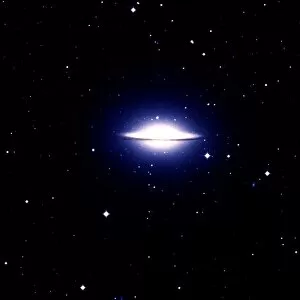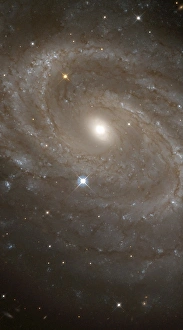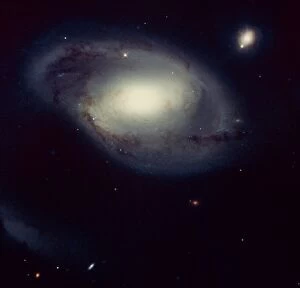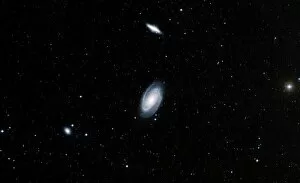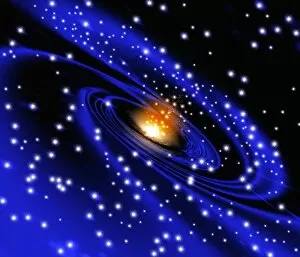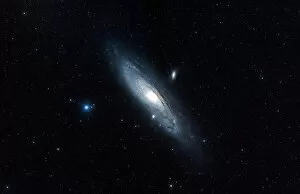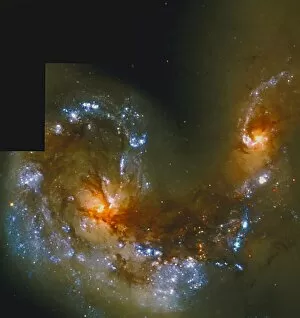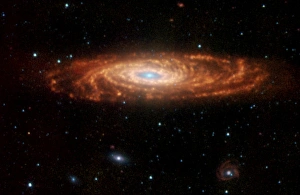Spiral Galaxy Collection (page 8)
"Exploring the Vastness of Spiral Galaxies: A Journey through the Cosmos" Sombrero Galaxy (M104): Behold the stunning beauty of the Sombrero galaxy
All Professionally Made to Order for Quick Shipping
"Exploring the Vastness of Spiral Galaxies: A Journey through the Cosmos" Sombrero Galaxy (M104): Behold the stunning beauty of the Sombrero galaxy, captured in this HST image. Its distinctive shape and dark dust lane make it a true celestial marvel. Spiral Galaxy NGC 2841: Immerse yourself in the mesmerizing spiral arms of NGC 2841, as revealed by this captivating HST image. Witness its graceful structure and intricate details that span across millions of light-years. The Majestic Sombrero Galaxy (Messier 104): Prepare to be awestruck by the sheer grandeur of Messier 104, also known as the Sombrero galaxy. This HST image showcases its remarkable central bulge and prominent dust ring. Supernova in Galaxy: Witness an explosive event within a spiral galaxy. This awe-inspiring phenomenon captures our attention, reminding us of the dynamic nature present throughout these cosmic wonders. Spiral Galaxy M81: Marvel at this composite image showcasing M81's vibrant spiral arms illuminated by countless stars and interstellar gas clouds. Explore its majestic beauty that spans over tens of thousands of light-years. A Galactic Light Show in Spiral Galaxy NGC 4258: Delight your senses with a spectacular display within NGC 4258. As if painted on a canvas, vibrant colors illuminate its spiral arms, creating an enchanting galactic light show. View of Our Milky Way Galaxy: Take a moment to appreciate our own galactic home – the Milky Way. Gaze upon its sprawling arms filled with billions upon billions of stars, reminding us how small we are amidst this vast universe. Whirlpool Galaxy: Get caught up in the swirling dance between two galaxies - M51 and its companion. Known as "The Whirlpool, " their gravitational interaction creates breathtaking tidal forces, shaping their graceful spiral arms. NGC 4565.

